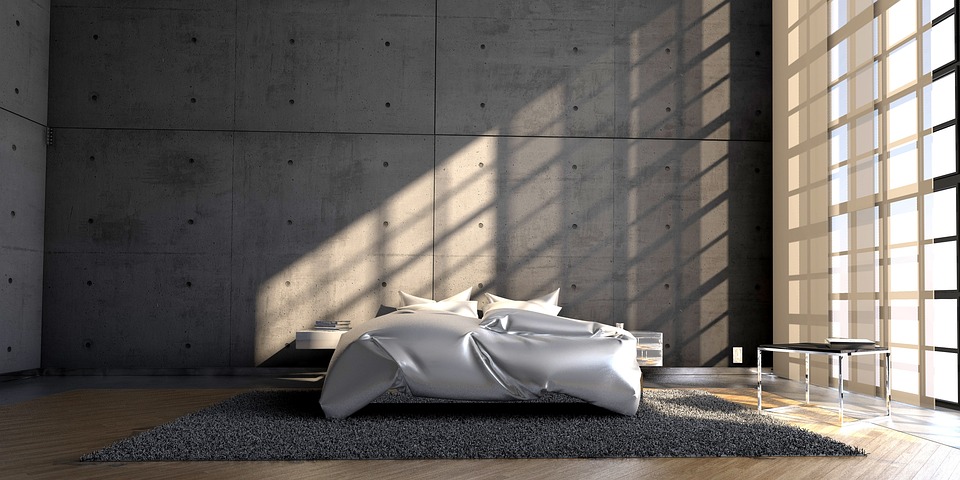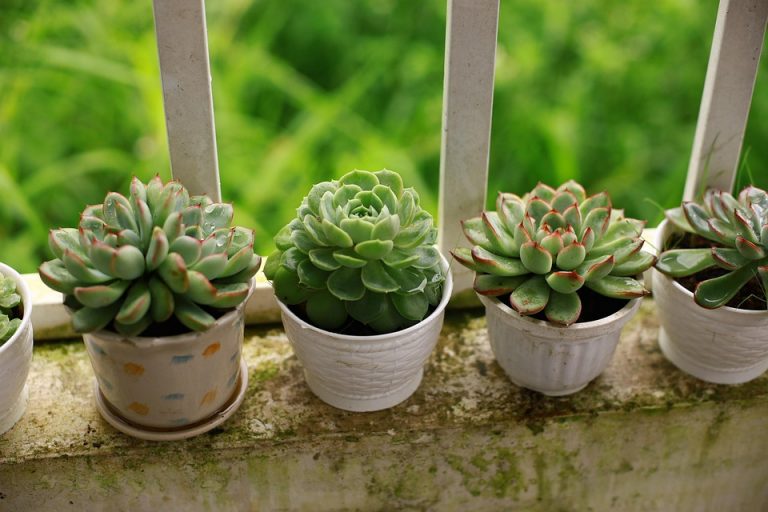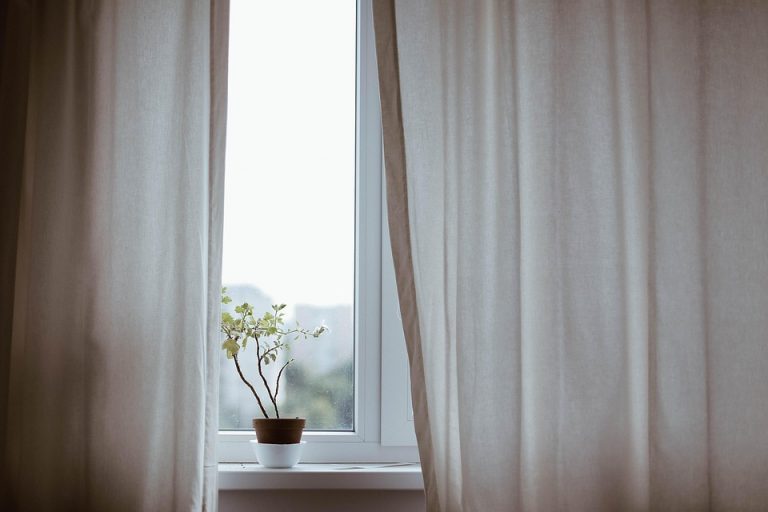Outdoor living spaces are the rooms you build without walls — places that stretch your home into sunlight, wind, and the small miracles of being outdoors. They matter because they change how you live: where you breathe, laugh, eat, and heal. Make them work for you and your life shifts; neglect them and you lose a chance to feel calmer, healthier, and more alive.
Outdoor living spaces aren’t an afterthought. They’re an extension of your personality and a practical investment in your well-being. Research from Harvard shows that time in nature lowers stress and improves mood, and the evidence keeps piling up from universities and public health agencies. Design them with intention and you won’t just increase your property value; you’ll improve the quality of your days.
Contents
- 7 Ways To Transform Outdoor Living Spaces
- Bottom Line
- FAQ
7 Ways To Transform Outdoor Living Spaces
Every suggestion here is a clear, usable move. I’ll give you design truths, expert-backed tips, and practical steps so you can act today — whether you have a postage-stamp balcony or a generous backyard. Expect straightforward language, bold ideas, and real-world budgets.
1. Create Defined Zones For Living
Good rooms have purpose. The best outdoor living spaces borrow the same logic. Define a dining zone, a lounging zone, and a cook zone. Use rugs, planters, and lighting to anchor each area.
Start small. A teak table and two chairs turn a bare patch into a dining room. A sectional under a pergola becomes a living room. Experts in landscape architecture recommend clear sightlines between zones so people move naturally and hosts stay social.
Practical tip: place durable outdoor rugs to visually separate areas. Choose rugs rated for outdoor use and laid on a level surface. That one decision makes your outdoor living spaces feel intentional immediately.
2. Prioritize Comfortable, Weather-Ready Seating
You can’t relax on stiff furniture. Comfort is the quiet engine that turns a space into a habit. Invest in cushions with outdoor fabrics like solution-dyed acrylic. They resist UV and mildew. Add throw pillows with removable covers for easy washing.
Think layers: a deep sofa for reclining, a couple of lounge chairs for conversation, and portable stools that double as side tables. If you want year-round use, consider heaters or a fire pit. The National Institutes of Health note that spending time outdoors benefits mental health, and comfort keeps you outside longer.
Budget note: mid-range outdoor sofas start around a few hundred dollars; durable cushions pay off over time.
3. Let Lighting Extend The Day
You decide when the evening ends. Proper lighting turns sunset into party time and late-night pages of a book. Combine task lighting over a grill, ambient string lights above a dining table, and accent lights to highlight plants or steps.
Use warm LED bulbs to create a cozy atmosphere and save energy. Motion sensors and dimmers add convenience and safety. Landscape lighting installed low to the ground protects roots and dramatic uplighting on a specimen tree gives your garden theater.
Pro tip: solar path lights are inexpensive and powerful for edging walkways. They reduce trips and add charm.
4. Build A Kitchen Or A Smart Cooking Corner
Food transforms spaces. An outdoor kitchen doesn’t need to be a full renovation. A built-in grill plus prep counter and storage makes your outdoor living spaces into a natural place for cooking and gathering.
If you love to entertain, add a sink and a mini-fridge. If space is tight, a portable cart with a grill and cutting surface does wonders. Landscape designers suggest orienting cooking zones downwind from seating to keep smoke away from guests.
Safety first: follow local building codes and keep gas lines and electrical work to licensed professionals. A well-designed cooking corner keeps the host present and the party happy.
5. Use Plants Strategically For Privacy And Texture
Plants do heavy lifting. They add color, soften hard edges, and create privacy without fences. Tall ornamental grasses, espaliered trees, and evergreen hedges are powerful tools in small or large outdoor living spaces.
Container gardens are a fast win. They let you experiment with placement and move greenery seasonally. Choose native species when possible; native plants are lower maintenance and better for local pollinators. The ecological benefits are real: university extension services show that native plantings reduce water needs and support local wildlife.
Design tip: mix heights and leaf textures for depth. Add a fragrant plant near seating — something that rewards you with scent when you sit down.
6. Add Shelter That Feels Like A Room
A roofed pergola, a retractable awning, or a simple umbrella gives shelter from sun and rain. Shelter defines a sense of room. It’s also essential for year-round use in many climates.
Choose materials that match your home: stained wood feels warm, metal reads contemporary. For sunlight control, pair slatted pergolas with climbing vines or adjustable louvers. Building professionals recommend checking wind and snow loads in your area before committing.
Don’t forget screens. Mesh screens can keep bugs away without separating you from the breeze. When you add shelter, your outdoor living spaces become dependable, not merely seasonal.
7. Invest In Texture, Color, And Small Luxuries
Texture and color are the language of comfort. Mix stone, wood, metal, and textiles to give your outdoor living spaces personality. Add a statement rug, a sculptural planter, or a weatherproof blanket chest.
Small luxuries create big emotions: a kettle that sings on a weatherproof burner, softly scented candles, or a Bluetooth speaker hidden in a planter. These details tell your guests you care.
Sustainability note: select FSC-certified wood, low-VOC finishes, and efficient appliances. These choices are kinder to the planet and to your long-term wallet.
How To Prioritize Projects
Not every change needs to be monumental. Prioritize based on how you live.
– If you host dinners weekly, invest in dining and lighting first.
– If you crave alone time, build a secluded lounge space with shade and plants.
– If kids will use the area, pick durable, easy-to-clean surfaces.
Budget a phased plan: start with seating and lighting, add plants and a hardscape next season, and introduce a kitchen or permanent shelter as funds allow. Doing it in steps keeps the projects manageable and lets you learn what works for your family.
Materials, Maintenance, And Durability
Go for materials that age gracefully. Composite decking resists rot better than untreated wood, and porcelain pavers handle freeze-thaw cycles without cracking. Choose fabrics labeled for outdoor use and store cushions in a waterproof box during storms.
Routine maintenance is simple: clean pavers yearly, trim plants seasonally, and check structural connections on pergolas and railings. These small acts protect your investment and keep your outdoor living spaces feeling fresh.
Design Principles That Always Work
Stick to a few design rules and your outdoor room will sing. Use repetition — repeat plant colors or materials for cohesion. Balance hardscaping with soft plantings. Create focal points like a fire pit or water feature. And always plan for circulation; allow at least three feet of walking space around major furniture.
Designers at the American Society of Landscape Architects emphasize human-scale details: benches at comfortable heights, tables within arm’s reach, and lighting that doesn’t glare but guides.
Bottom Line
A smartly designed set of outdoor living spaces changes how you use your home and how you feel every day. Start with purpose: define zones, add comfort, and invest in lighting and shelter. Use plants for privacy and texture. Keep materials durable, and add small luxuries that make time outside feel like a gift.
Make one decision this weekend: move a chair into the sun or hang a string of lights. That single action begins a habit — and habits are how beautiful outdoor living spaces are built. You’ll reap the benefits in mood, social life, and property value.
Enjoy the change. Go sit outside.
FAQ
How Much Should I Budget For Upgrading My Outdoor Living Spaces?
Costs vary widely. A modest refresh with seating, lighting, and plants can be done for a few hundred dollars. A mid-range redesign with a pergola and built-in grill often runs several thousand. Full outdoor kitchens and hardscape renovations can climb above ten thousand, depending on materials and labor. Plan in phases and set priorities to spread costs.
What Plants Work Best In Small Outdoor Living Spaces?
Choose compact, multi-season performers. Boxwood, dwarf conifers, lavender, and ornamental grasses offer form and texture without dominating. Container plantings let you change the composition seasonally and protect delicate species over winter.
Can I Make Outdoor Living Spaces Pet-Friendly?
Absolutely. Use sturdy, stain-resistant fabrics, avoid toxic plants, and create a shaded rest area. Consider artificial turf for a low-maintenance play surface and include a water station. Durable materials and smart plant choices keep pets safe and happy.
How Do I Keep Bugs From Ruining Outdoor Evenings?
Combine strategies: install screened sections, use citronella or scented plants like rosemary and lavender, add a fan to disrupt flying insects, and keep food covered. Mosquito control professionals recommend eliminating standing water and using barrier treatments when necessary.
References
The National Institutes of Health provides a comprehensive review on the relationship between nature and human health (https://www.ncbi.nlm.nih.gov/pmc/articles/PMC5663018/).
Harvard T.H. Chan School of Public Health explains why time in nature matters for stress reduction and mental health (https://www.hsph.harvard.edu/news/2019/07/why-time-in-nature-matters/).
The Centers for Disease Control and Prevention offers guidance on physical activity and the health benefits of outdoor activity (https://www.cdc.gov/physicalactivity/basics/pa-health/index.htm).
The American Society of Landscape Architects shares professional insights on designing outdoor spaces that support community and ecology (https://www.asla.org/).
The U.S. Environmental Protection Agency provides resources on outdoor air and considerations for healthy outdoor environments (https://www.epa.gov/indoor-air-quality-iaq/outdoor-air-quality-iaq).








